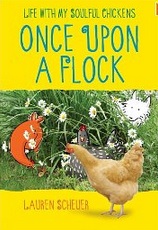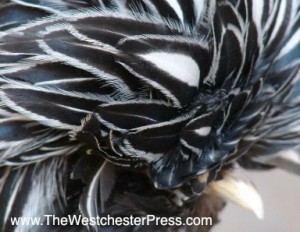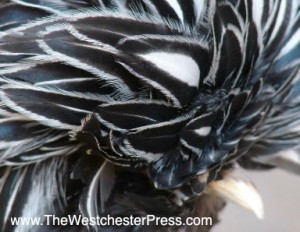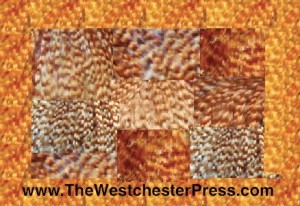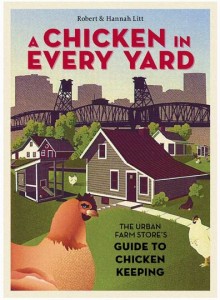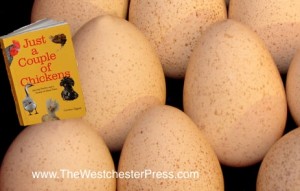Lauren Scheuer has written a book called “Once Upon A Flock” about her journey and discoveries in backyard chicken raising, and it is the book I wish I’d had when I was raising chickens.
Lauren is an illustrator, and it is her photographs and whimsical illustrations that gives a third dimension to the book, taking it beyond the world of story telling and information sharing. This is the kind of book that parents and children can enjoy hand in hand as we enter the chicken world.
Lauren and her family went through a chick hatching experience, nursed a sick chicken back to health, and successfully managed adding a new hen to her small flock. We get to go along on all of these important chicken journeys as if we were there, by her side, because of the window she creates with her pictures. Full color, beautifully illustrated pictures.
There were times when I was raising my poultry, before Lauren wrote her book, and usually in the middle of the my coop, in the middle of the night, when all of my pamphlets, and university extension office resources left me feeling very alone. This was the old way of learning by doing. Lauren’s book is an example of a new age. Books that entertain and warm while they teach and show. Books that show and tell and show some more.
Once Upon A Flock is not only the perfect book to have in hand while starting up a chicken project, it is also a great bedtime story for my daughter… the kind we read while snuggled together, side by side, so that we can see the beautiful pictures! (plus, there’s more to see once we’ve finished the book because Lauren has an excellent blog)
Available on Amazon.com, and in Kindle format, by Atria Books, of Simon & Schuster, Inc.

